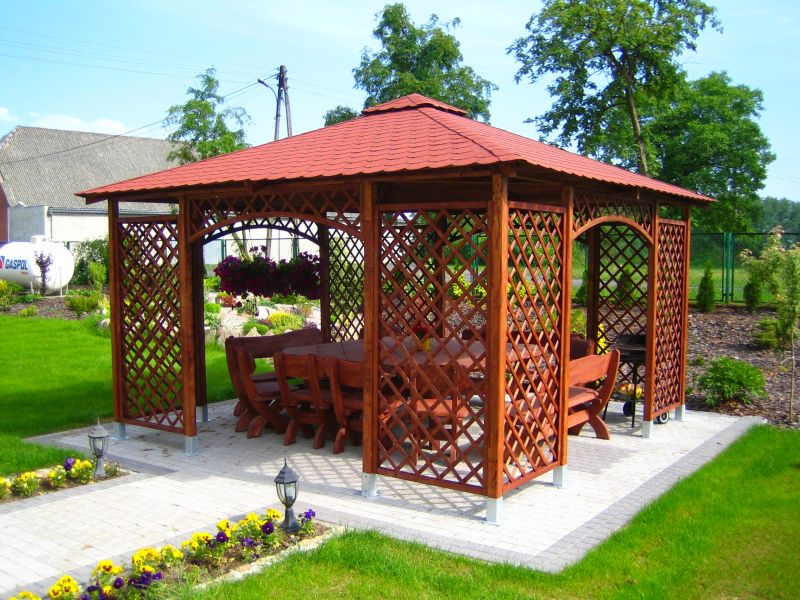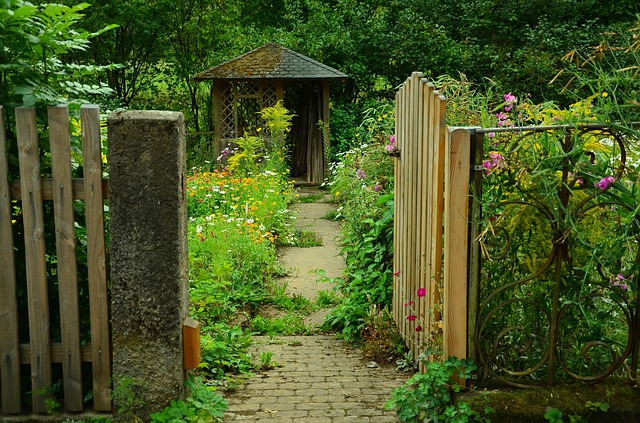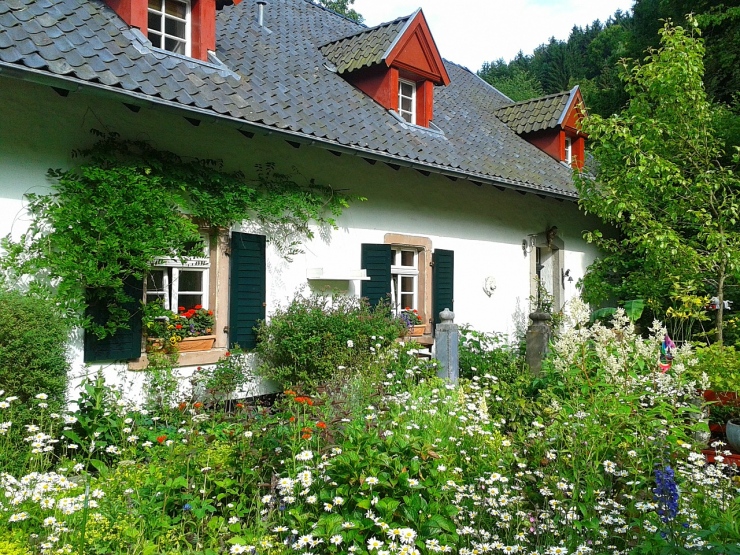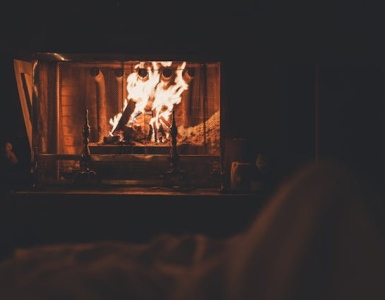What does a cottage garden entail?
A cottage garden is all about beautiful, disorganized organization. You need not worry about spacing or planting plants in pairs or exceeding certain height limits and you can pretty much mix textures, fragrance, colors and forms seamlessly to come up with an appealing outlook. If you are one who doesn’t like to play by the rules, then a cottage garden is the one for you. While it seems to lack any concrete design, this garden still needs to follow some formal layout synonymous with first-rate cottage plants.
Where people go wrong
Imagination might be the only limit to cottage gardening, however, that’s not to say that these gardens need no attention at all. On the contrary, some cottage gardens need a lot of work to prevent the overwhelming growth of self-sowers, the suffocating of other plants by dominant flowers and to ensure the thriving of perennials by occasional dividing. Deadheading also becomes a regular affair if you plant many flowers though that could be easily be alleviated by growing flowers past their peak.

You don’t need much to start a cottage garden
It’s not hard to see why a cottage garden is appealing. The vibrancy of striking colors offers great eye candy while the endearing embrace of lovely sensual fragrances whenever you open your door is an experience almost heavenly.
You don’t need something extravagant to start your own cottage garden and you could begin with small beds beside the driveway and go on from there. You can later on add extra seating sections and paths and tune the architecture according to your personal taste compass.
The benefits
- It is inexpensive to put up and economical to manage as all you need is some patience and a few packs of seeds.
- It doesn’t need precise maintenance like other gardens and there is some allowance for considerable plant or weed overgrowth.
- You are free to toy with styles and move things around and experiment as you please since there is no definitive standard to follow.
The downside
- Plant growth can be unpredictable at times resulting in a chaotic or messy appearance when things get out of control.
- Making space for additional plants is almost impossible.
- Because of blooming issues, it is a garden that thrives best in a full sun site.
- You have to be thorough on thinning lest seedlings take over.

A few pointers on cottage gardening
While there is no general-rule-of-thumbs aspect to keep in mind, a few important things to remember include keeping the garden small to make it look neat, avoiding straight lines, repeating colors and plants to ensure synergy, creating paths for weeding, creating viewing and sitting areas and incorporating lawn breaks to provide some breathing space.
Also be sure to include tall plants and a few structures with obelisks, shrubs or small trees wrapped in vines. Focal points are important as well especially at the start, and plants like flowering trees, shrub roses and evergreens prove a nice mainstay and ensure a semblance of consistency.
A cottage garden is all about being expressive so don’t forget to decorate and personalize as you see fit. You can beautify your space with everyday kind of objects and opt for any look you desire whether formal or casual. Everything goes and that is the best thing about cottage gardens.


























Add comment